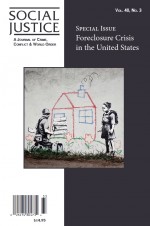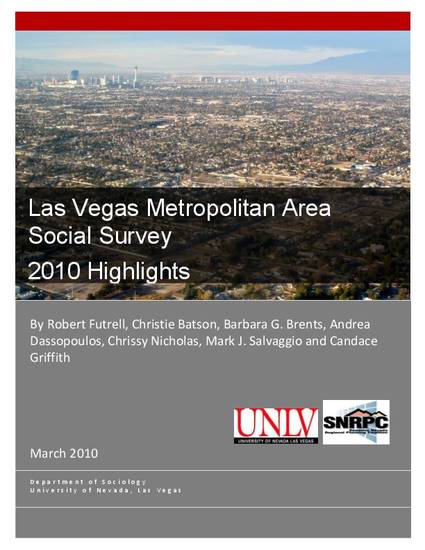Batson, Christie D. Incorporation patterns of Mexican-origin women: a theoretical test of old and new. Diss. The Ohio State University, 2007.
Much of the research on the incorporation of Mexican immigrants and their descendants in America has focused on their economic incorporation, linguistic transition, patterns of intermarriage, and ethnic and racial identification. I use data from the 1988, 1995, and 2002 National Survey of Family and Growth to examine trends in the timing of first marriage and first birth of Mexican-origin women as indicators of incorporation. Classic assimilation theory and a new theory of ethnic resilience are used to guide this research. Life table analysis, logistic regression, and cox proportional hazard models are employed to examine the transitions to first marriage and first birth. My emphasis is to compare the trends over time among native-born and foreign-born Mexican, White, and Black women. My findings indicate Mexican-origin women are showing patterns of incorporation that are consistent with both old and new theoretical perspectives of incorporation. When using marriage timing as my measure of incorporation, I find that even in the wake of a retreat from marriage, Mexican-origin women continue to maintain early marriage formation patterns. When using first birth timing as my measure of incorporation, I show significant socioeconomic and nativity differences between foreign- and native-born Mexican women that indicate multiple patterns of incorporation. Mexican women with low levels of socioeconomic status exhibit early first birth timing compared to White women and show little signs of convergence over time. Mexican women with high levels of socioeconomic status show a much different pattern of incorporation. Over time, the more educated foreign-born show significant delays in first birth timing while the native-born show a consistent trend with White women in delayed childbearing. Results reveal that the racial, ethnic, and economic diversity of the Mexican-origin population has led to the emergence of both assimilation and ethnic resilience incorporation. I find that ethnic resilience has emerged over time and is more evident among younger women with low levels of socioeconomic status. I do not find that Mexican-origin women with high levels of socioeconomic status are exhibiting patterns of ethnic resilience. These women are showing marriage and fertility patterns that are consistent with those of White women and support an incorporation pattern of assimilation.












